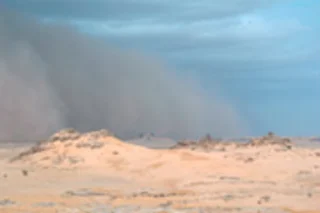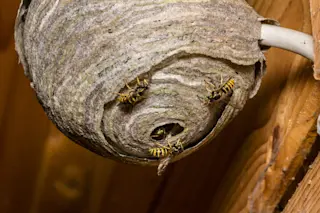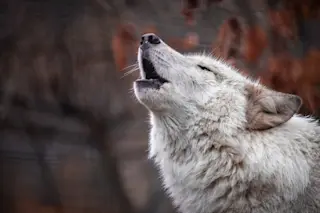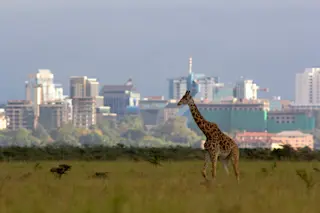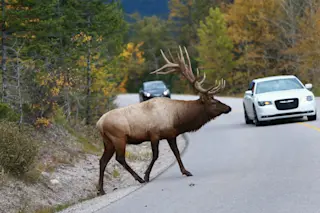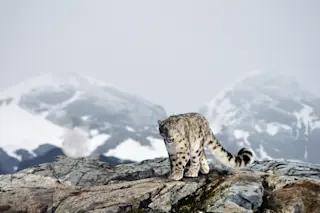The BBC team behind the much-loved natural history series BLUEPLANET is back, this time with an 11-part series celebrating the vastand varied wildernesses of PLANET EARTH. The first episode (“From Poleto Pole”) is disappointingly disjointed, but then the magic begins.Each of the 10 remarkable hours that follow is devoted to a differenthabitat—mountains, deep ocean, deserts, ice worlds—and to the animalswho have learned to survive there. The BBC’s cameras plunge over thelip of the world’s highest waterfall, drop down the deepest cave shaft,and float beside the summits of Mount Everest and K2. We see pink riverdolphins presenting stones as gifts during courtship and (in tense slowmotion) a great white shark leaping from the water to close its jaws ona seal. The series airs at various times onApril 22, 23, 29, and 30 on the Discovery Channel.
DISCOVER’s Kyla Dunn spoke with producer Huw Cordey (“Caves,”“Deserts,” and “Jungles”) about what it took ...


